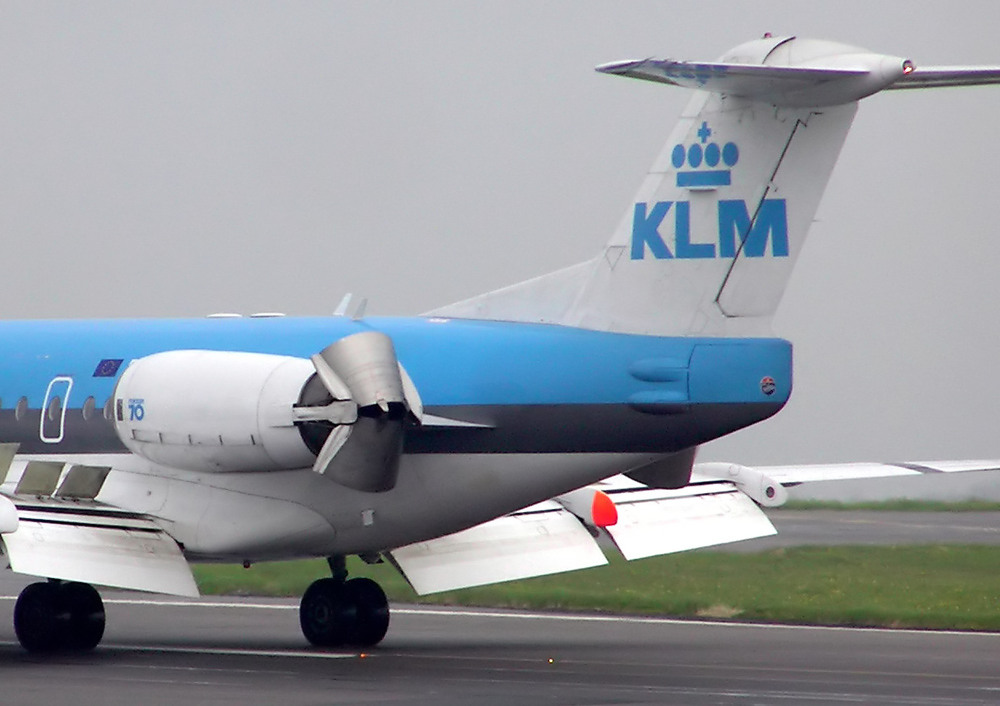
...........................
Thrust
Reversers
HOW DO THRUST REVERSERS WORK?
By Airline Ratings
Although reversing propeller
pitch was effective for stopping piston-powered airliners, new methods were
needed to bring faster and heavier jet airliners to a safe stop on landing.
Wheel brakes reduce speed
from 60 knots down to taxi, but more braking action was needed to slow the
airplane from its 120-knot touchdown speed.
While military jets use
drag-inducing parachutes deployed on landing, these have to be jettisoned,
retrieved, and repacked after every use which would be impractical at a
commercial airport.
Jet engines on early jet airliners could channel their thrust in
the opposite direction for high-speed braking action with “thrust reversers”
that redirected exhaust gasses forward using clamshell doors to block engine
exhaust.
Today’s powerful and
efficient turbofan engines use an aft-sliding ring on the back of the fan
section to reverse thrust, with internal doors redirecting fan airflow forward.
The ultra-high-bypass
turbofan engines used on the Airbus A380 have reversers on the inboard nacelles
only to avoid causing severe adverse yaw on wet or icy runways.

No comments:
Post a Comment